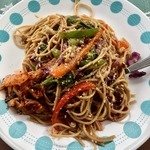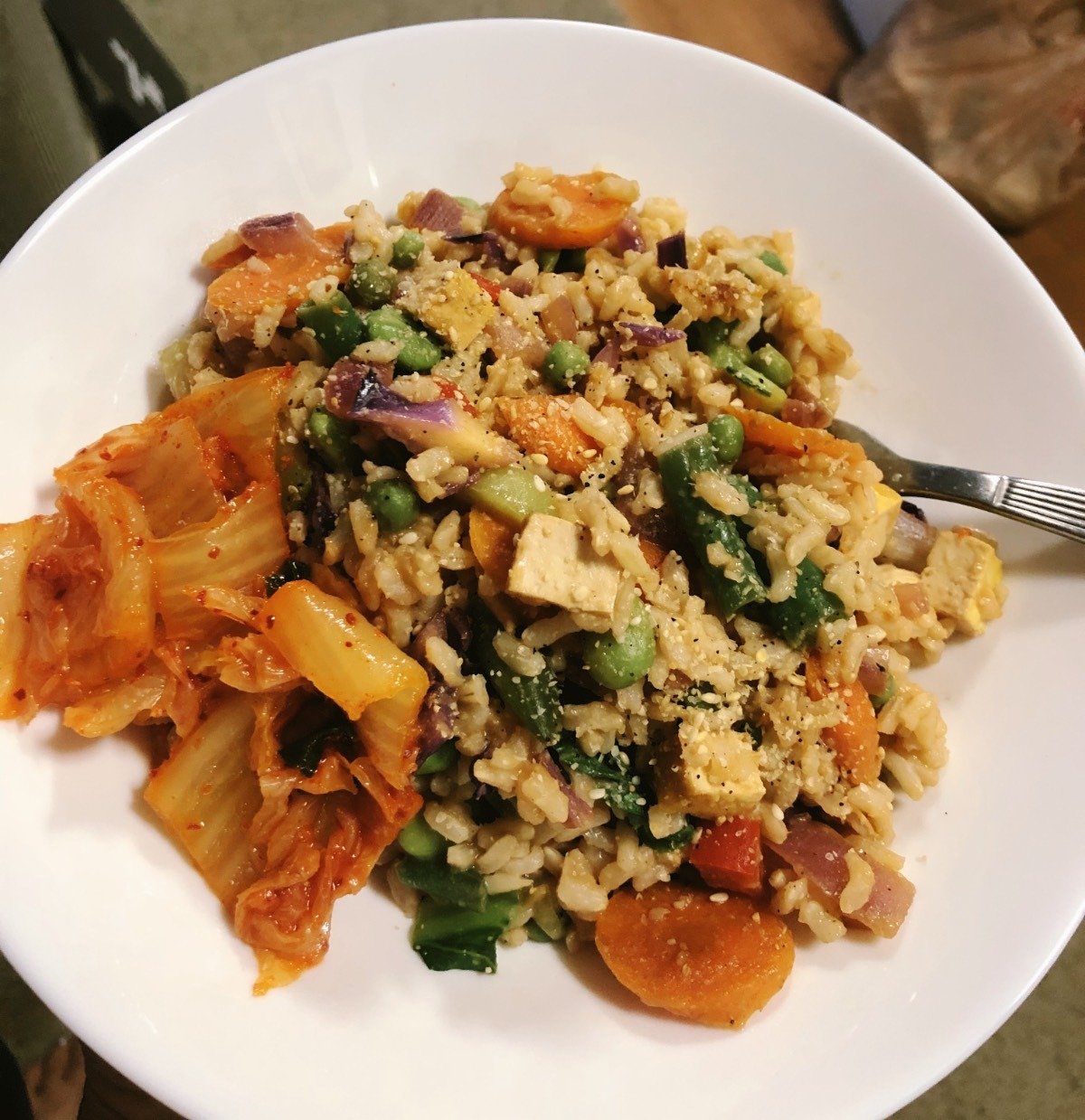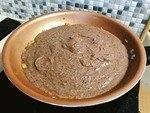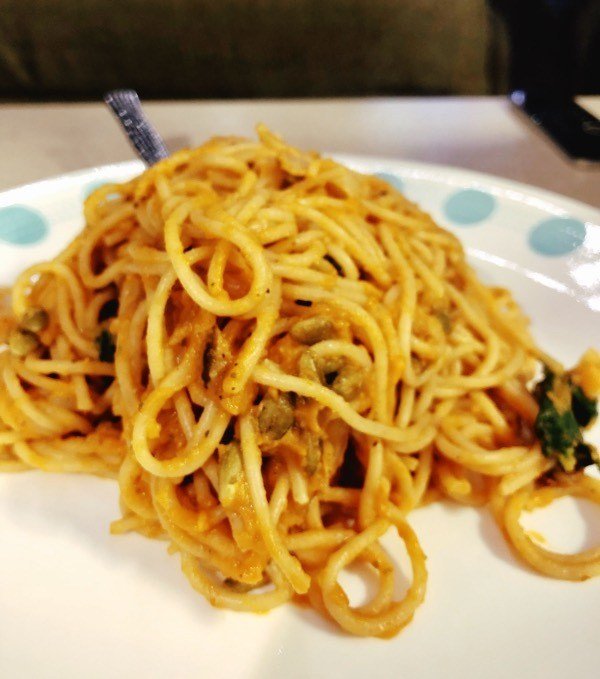How to eat cheap vegan meals on a budget
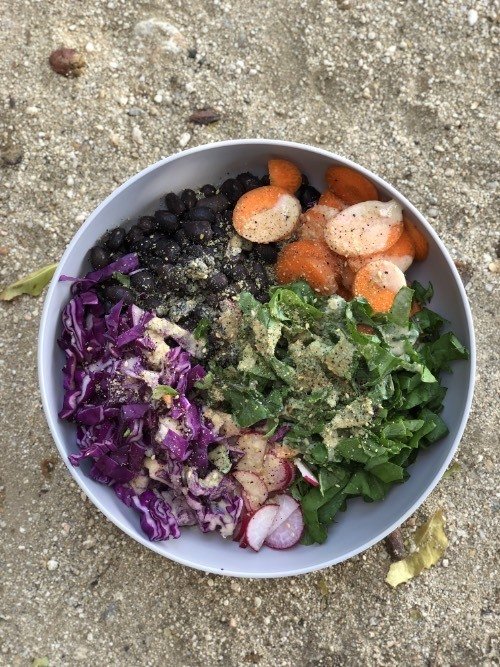
With everything that’s happening right now, I thought it would be a good time to talk about how to eat vegan on a budget and eat well. Whether you just want to cut back expenses to add to your savings or you have found yourself recently jobless I hope you find these tips helpful. Even if you’re on a fixed or limited budget, you can enjoy healthful meatless meals.
I’ve been thinking a lot about how people like to argue that being vegan or plant-based is expensive. And sure, it can be. But it doesn’t have to be.
And I get it. When you see that the Impossible meat retails for twice what ground beef costs it seems that way. But here’s the thing - you don’t have to buy that stuff!
I hope you find these tips helpful and please share with anyone you think would benefit from these tips and recipes.
Cheap healthy foods we love
There are certain foods that are reliably cheap year-round: carrots, broccoli, cabbage, onions, apples, bananas, potatoes, sweet potatoes, oats, rice, pasta, canned tomatoes, dried and canned beans, tofu (most places), frozen spinach, frozen peas, frozen corn, and frozen green beans. We have most of these basics in the RV at any given time.
With just these items and some spices, you can make so many different meals. And you’ll see that the recipes I give below include many of these things.
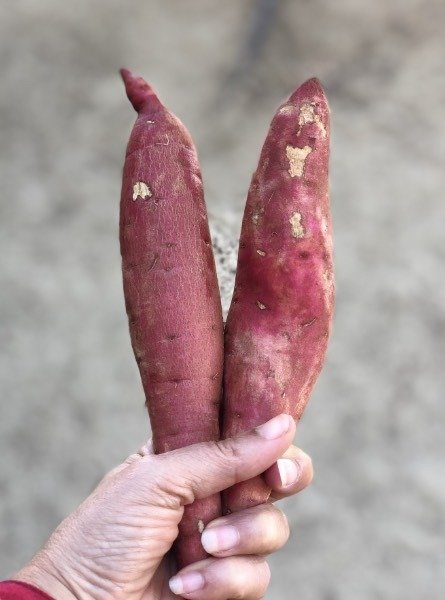
And then we add to that list by shopping seasonally. Now it’s easier to know what’s in season when you stay in one place. But you still might not be familiar with your local seasonal produce since large chain stores truck products over large distances. They usually also carry regional produce though.
Check this guide to see what’s in season near you in the United States and then incorporate these vegetables and fruits into your menu plan. (Here’s a simple guide for Canada.) These will often be the best way to vary your diet seasonally without blowing your budget.
Since we move around, the local seasonal produce changes all the time for us. For example, in Atlanta, sweet potatoes were always cheap because tons of them are grown in the southeast. And you can get an armload of collards for $3. But in Florida, the growing seasons are different so you might find your favorite produce in season at an unexpected time. In California, produce is cheap and abundant. The avocado prices will spoil you for the rest of the states!
What can you do to save money shopping
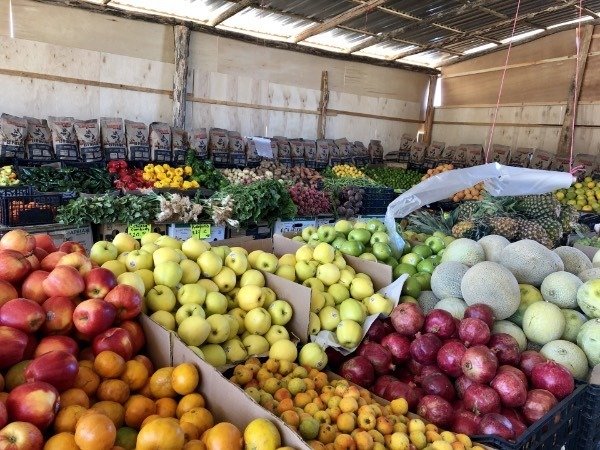
I like to keep the grocery bill down so that we can splurge from time to time. And ingredients tend to be cheaper than prepared and processed foods anyway and better for you. Here are a few of my tips for saving money while grocery shopping.
Make a list and stick to it
Okay, I’m going to admit that I’m great at making lists but a couple of impulse buys will usually land in my cart too. But just having a plan for the week will keep you from buying things you don’t need and wasting food.
Check the bargain bins
This summer I found a package of Upton’s seitan at Natural Grocers for $1.99. That’s more than half price. And we used it within a couple of days. The key here is to only buy things you will use.
At Sprouts, there is usually a bargain rack in the back of the store near the bathrooms. At Kroger stores, look for Manager’s Special stickers. On one visit, they had tons of white hamburger buns for $0.10 per 8-pack. They must have over-ordered for the July 4th holiday.
Stock up on sale items that you use often
Most grocery stores put staples on special from time to time. Whenever I see canned beans, canned tomatoes, my favorite pasta sauce, etc. on sale, I will stock up. Because our fridge space is limited, I don’t normally stock up on frozen goods but totally would if I had more space.
Coupons
Coupons are tricky. I personally don’t go out of my way to clip and use coupons (there’s an exception I’ll mention below.) But they can be worth it if it’s for something you use. So many coupons I see are for heavily processed foods we would never buy so they don’t appeal to me.
Loyalty programs
Some stores only give you certain discounts if you join their loyalty program. And some programs like Natural Grocers and Sprouts have member-exclusive electronic coupons. I do clip these electronic coupons. I clip all the ones I could conceivably buy, but then I don’t look at them as I shop. That way, if it’s something I need, I’ll get the discount but I won’t buy things I don’t need.
Pro-tip: use an app to keep all of your loyalty cards on your phone. I use CardStar on my iPhone. It eliminates all those hanging tags or cards and if you sign up with fake phone numbers for privacy you don’t have to remember those.
Brand newsletters
If you have a favorite brand or product you buy all the time, sign up for their newsletter. Most brands will regularly send coupons in their newsletters. Beyond Meat often includes a $1 off coupon in theirs. Daiya occasionally has coupons - the image below is how it appeared in a recent newsletter. No Evil Foods will tell you about different offers at stores that stock them.

Organic or not?
Organic fruits and vegetables are usually more expensive than conventional. I consult the dirty dozen and clean fifteen to see which produce is more or less affected by pesticides before deciding which products I will buy organic. Sometimes my wallet dictates that choice or I just choose to go without.
Bulk bins, or not!
During the pandemic, most stores have shut down their bulk bins. But, sometimes they aren’t even cheaper! Pay attention and do the math. Oats are often cheaper packaged. The same can be true for many other bulk items.
Costco or larger quantities
We buy things we use all the time in large quantities at Costco. Some of the best buys for us are almond butter, oats, rice, walnuts, and frozen blueberries.

Do the work
You can buy almost any produce washed and ready to eat these days. But if you do that work yourself, you’ll save money and it will probably last longer.
Frozen fruits & veggies
Frozen fruits and veggies are the exceptions to the “do the work” suggestion. They’re almost always cheaper than fresh and they’re already cleaned and ready to use. And they won’t go bad quickly.
International & bargain markets
One downside to being vegan is that we almost never find everything we want at one store. Which means we’re used to going to more than one place to shop. So if it’s an option, I’ll often start at an international (some cater to specific markets like Asian and some carry the foods for multiple cultures) or bargain market (like Aldi or Grocery Outlet.) Produce is almost always cheaper at an international market, sometimes startlingly so. Aldi has great prices on certain things. And we haven’t been around a Grocery Outlet for a long time but they often have deals on vegan convenience foods. It’s worth checking!
Cheap swaps
Dried spices for fresh
I’ve always used the general rule that one tablespoon of fresh herb equals about one teaspoon of dried. And while fresh herbs will make your dish special, you can often substitute dried without a huge change in the recipe. There are some exceptions, though. If the herb is the star of the dish, as in with pesto, for example, you’re going to need to use fresh.
If you want some more specific substitutions for fresh herbs, this post has a handy chart that might help.
Cheaper or sale veggies
Sometimes there are vegetable swaps you can make to save money. For example, if a recipe calls for baby potatoes, use regular sized potatoes cut to baby potato size. Broccolini is lovely but usually much more expensive than broccoli. And in most cases, the broccoli will work fine in the recipe. Or, better yet, get Chinese broccoli at the international market.
Also, plan your meals around in-season vegetables. For example, load up on asparagus in the spring when you can get it for $2/pound. In the fall and winter, enjoy root veggies, hard squashes, and cold-weather greens like collards.
Store brand frozen veggies
Get familiar with your local store’s selection of frozen vegetables. Peas, corn, green beans, and spinach will hang out in the freezer until you need them and are usually less than $1.50/pound for the store brand. Broccoli and cauliflower can be good too, but sometimes they have more stems than florets.
And check out the blends, too. I’ve been digging on the Mexican blend at Kroger for stir-fries. It includes broccoli, corn, cauliflower, and red peppers.
Budget AND RV friendly recipes
These are not gourmet meals but they are tasty, quick, easy, and cheap meals. These are all meals I make in our RV and should be suitable for most kitchen situations.
The costs were all calculated using Kroger’s online shopping feature but these prices do reflect what we usually see in the store. I picked the cheapest option, usually the store brand.
The recipes call for white rice and pasta but you can always substitute brown rice and whole wheat pasta. That’s what we normally use. It will cost a little more but not much if you select the store brand. The recipe costs are calculated using Bragg Liquid Aminos but soy sauce will be the cheapest option.
Okay, on to the recipes!
Microwave Oatmeal
Equipment
Ingredients
Instructions
Notes
Kung Pao Style Noodles
Ingredients
Sauce Ingredients:
Other Ingredients:
Instructions
Notes
Tofu Fried Rice
Ingredients
Instructions
Notes
Almost Instant Black Bean Soup
Ingredients
Instructions
Notes
Pumpkin Sage Pasta
Ingredients
Instructions
Notes
Easy Beans and Greens
Ingredients
Instructions
Notes
More Cheap Recipes at VeganRV.com
Now I didn’t calculate the cost for these recipes but they’re all made of inexpensive ingredients and would be perfect for a budget meal plan.
- Pasta e Fagioli
- Sweet Potato & Peanut Stew
- Sweet Potato, Lima Bean & Corn Stew
- Spicy Garlic Stir Fry
- Hearty Vegan Pantry Stew
- Tofu Scramble
- Make your own meatballs
Did I miss anything? What do you do to cut back on your grocery budget when necessary?
As always I’d love to hear if you found any of these tips or recipes helpful. Just pop it in a comment!


